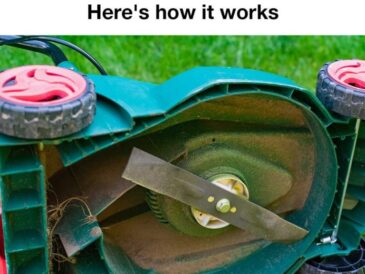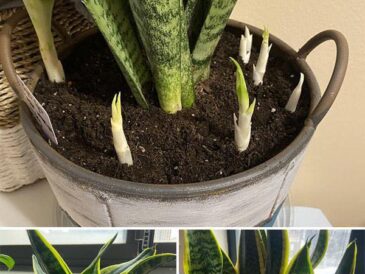Curly kale, Lacinato (Dinosaur) kale, and Red Russian kale are excellent container-friendly choices.
5. Cucumbers: Climbing Crops Perfect for Vertical Bucket Gardening
Cucumbers can produce abundant fruit in buckets, especially when given vertical space to climb.
Setting Up
- Use a tall trellis or cage anchored in the bucket.
- Choose bush varieties or compact vining types for containers.
Growing Requirements
- Soil: Rich, well-draining soil with compost.
- Sunlight: Full sun for at least 6 hours.
- Water: Keep soil evenly moist.
- Feeding: Use a balanced liquid fertilizer weekly during flowering.
Harvesting
Pick cucumbers young and tender for the best flavor. Frequent harvesting encourages new growth.
6. Garlic: An Easy-to-Grow Bulb with Multiple Uses
Garlic’s adaptability to container life makes it an excellent crop to grow in buckets.
Planting Garlic in Buckets
- Plant individual cloves pointed end up, 2 inches deep.
- Space cloves 4-6 inches apart.
- Use rich, well-draining soil and ensure good sunlight.
Growth and Harvest
Garlic can be planted in fall or early spring. Bulbs mature in 6-8 months. You can also harvest garlic greens early for cooking.
7. Peppers: Sweet and Hot Varieties Flourish in Buckets
Peppers thrive in containers because their roots stay warm and soil conditions are controlled.
How to Grow Peppers in Buckets
- Choose compact varieties such as bell peppers or smaller hot peppers.
- Provide full sun and consistent watering.
- Use a balanced fertilizer high in potassium.
- Support plants with stakes if needed.
Harvesting
Peppers can be harvested green or waited until they ripen to red, yellow, or orange. Regular picking encourages more fruit production.
8. Carrots: Root Vegetables Suited to Deep Buckets
Carrots require loose, deep soil and do well in buckets that can accommodate their taproots.
Best Practices
- Use shorter carrot varieties (e.g., Nantes, Thumbelina).
- Fill buckets with loose, sandy potting mix.
- Sow seeds thinly and keep soil moist.
- Thin seedlings to prevent overcrowding.
Harvesting
Carrots are ready to harvest 60-80 days after sowing, depending on the variety.
9. Spinach: Nutrient-Dense and Fast-Growing
Spinach is a leafy green that grows quickly and thrives in cooler temperatures, making it a perfect crop for year-round bucket gardening.
Growing Tips
- Sow seeds every few weeks for continuous harvest.
- Provide partial shade in hot summer months.
- Water regularly to keep soil moist.
- Use fertilizer rich in nitrogen for leafy growth.
Harvesting
Harvest outer leaves to encourage new growth. Baby spinach leaves can be picked earlier for salads.
Troubleshooting Common Issues in Bucket Gardening
- Overwatering: Ensure proper drainage holes to avoid root rot.
- Underwatering: Check soil moisture regularly; buckets dry faster than ground soil.
- Nutrient Deficiency: Use organic fertilizers and compost.
- Pests: Use natural remedies such as neem oil or companion planting.
- Temperature Stress: Move buckets to shaded areas or indoors during extreme heat or frost.
Conclusion: Unlock the Potential of Bucket Gardening All Year Round
Growing your own food in buckets is not just an economical and space-saving solution, it’s also a deeply rewarding way to connect with nature and improve your diet. The 9 crops outlined here—tomatoes, onions, potatoes, kale, cucumbers, garlic, peppers, carrots, and spinach—offer diverse flavors, nutrients, and culinary uses, and can thrive in buckets year-round with proper care.
Whether you’re a beginner or an experienced gardener, embracing container gardening can transform your approach to fresh food. Start small, experiment with varieties, and enjoy the abundant harvests your bucket garden can provide — fresh, organic, and at your fingertips.





